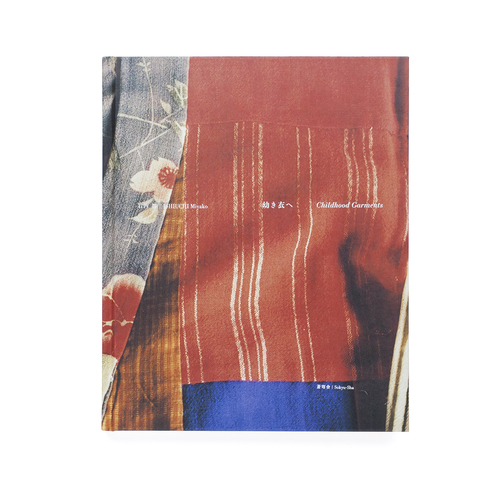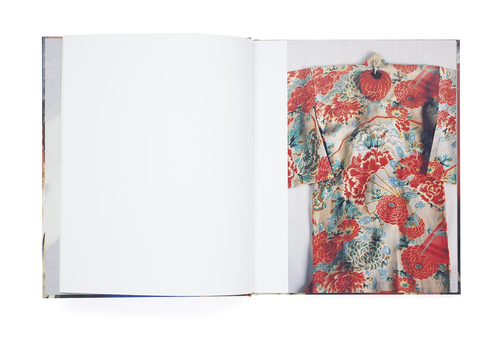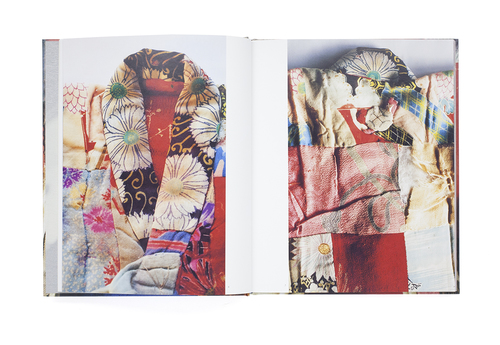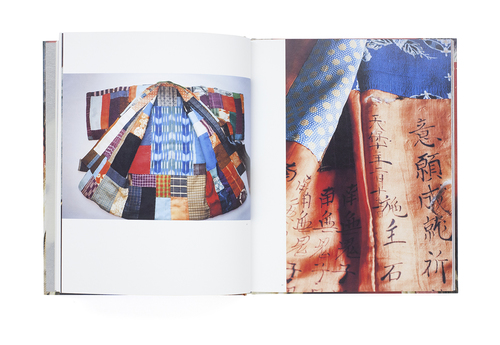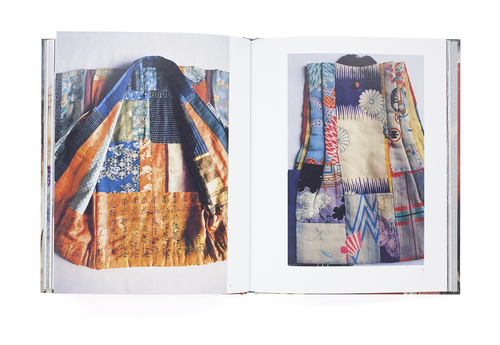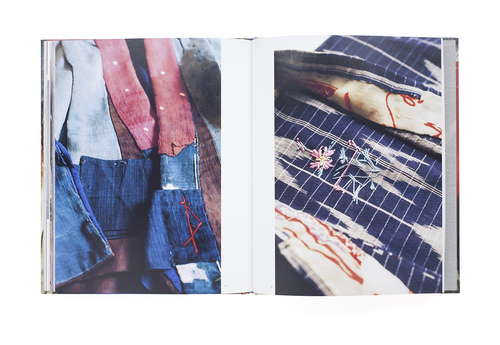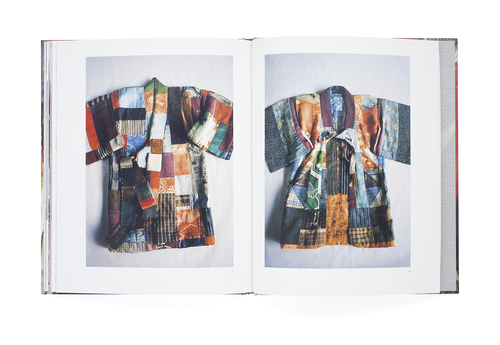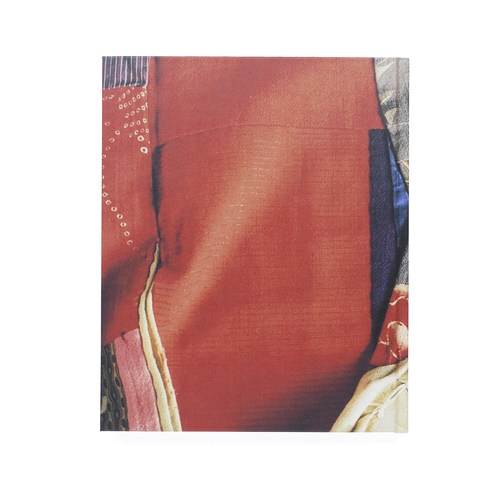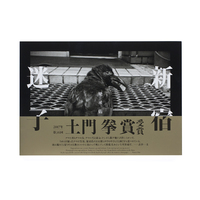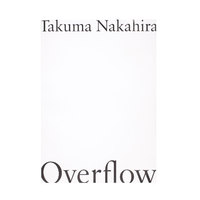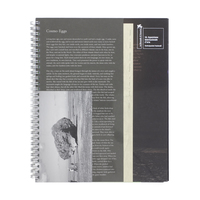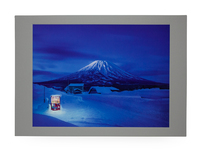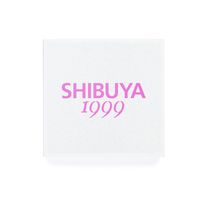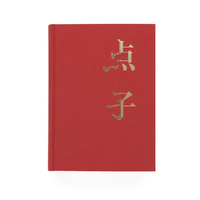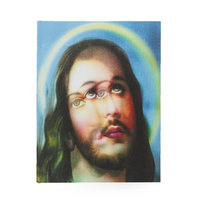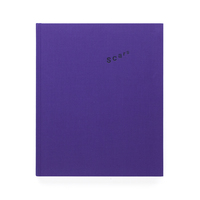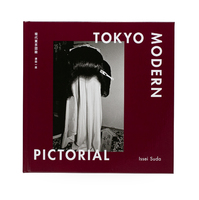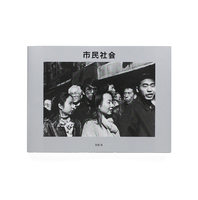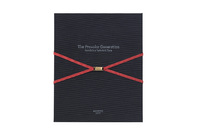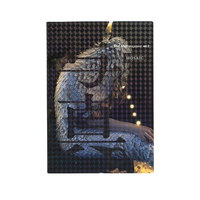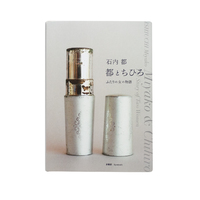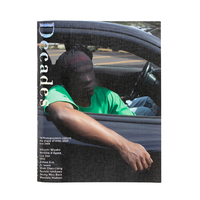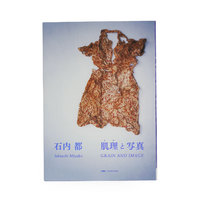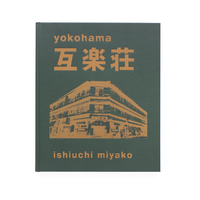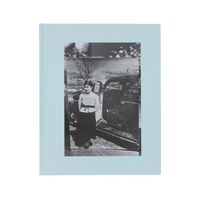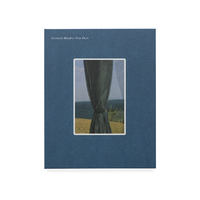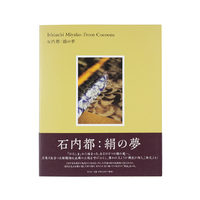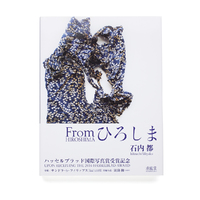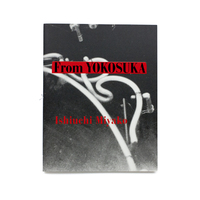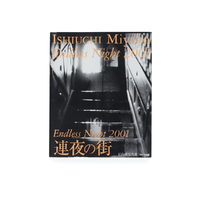Childhood Garments
At best, the silk kimono has a lifespan of three generations. From grandmother, to mother, down to daughter - roughly a hundred years. Beyond that, it would not be fit for wearing. One formal kimono of superb craftsmanship that I received had cotton filling in the lining of the skirt hem, identical patterns on the outer material and lining, and was gorgeously embroidered with flowers and plovers; a kimono likey worn by an individual of high standing. As a section of it was damaged and could not be worn, I decided to take it apart and have the fabric repurposed into some other article of clothing. But when I pulled on the seam, it disintegrated as though the very foundation of the fiber had crumbed. I let out a gasp. The kimono was a historical artifact that should not have been meddled with. Proving itself to be well over a hudnred years old, there was little else I could do but apologize to that crumbling, disintegrating silk cloth.
-Excerpt Garments of Life afterword by Ishiuchi Miyako
Ishiuchi Miyako's Childhood Garments presents a series of portraits which delve into the power of objects and memories. Tied alongside her images which capture the personal artifacts of subjects as private as her mother to famed individuals within the public sphere; Frida Kahlo, the photographs bring forth an intimacy shared between a person and an object into a realm of public experience. Working with Shinjoji Temple located in Kanazawa, Ishiuchi’s Childhood Garments illustrates a collection of kimono worn and created specifically for the young. Known as hyakutoku kimono and semamori, the portraits capture the embodied thoughts, prayers and lives of both community and family for the new born child.
- Book Size
- 222 x 270 mm
- Pages
- 94 pages, 77 images
- Binding
- Hardcover
- Publication Date
- 2016
- Language
- English, Japanese
- Limited Edition
- 800
